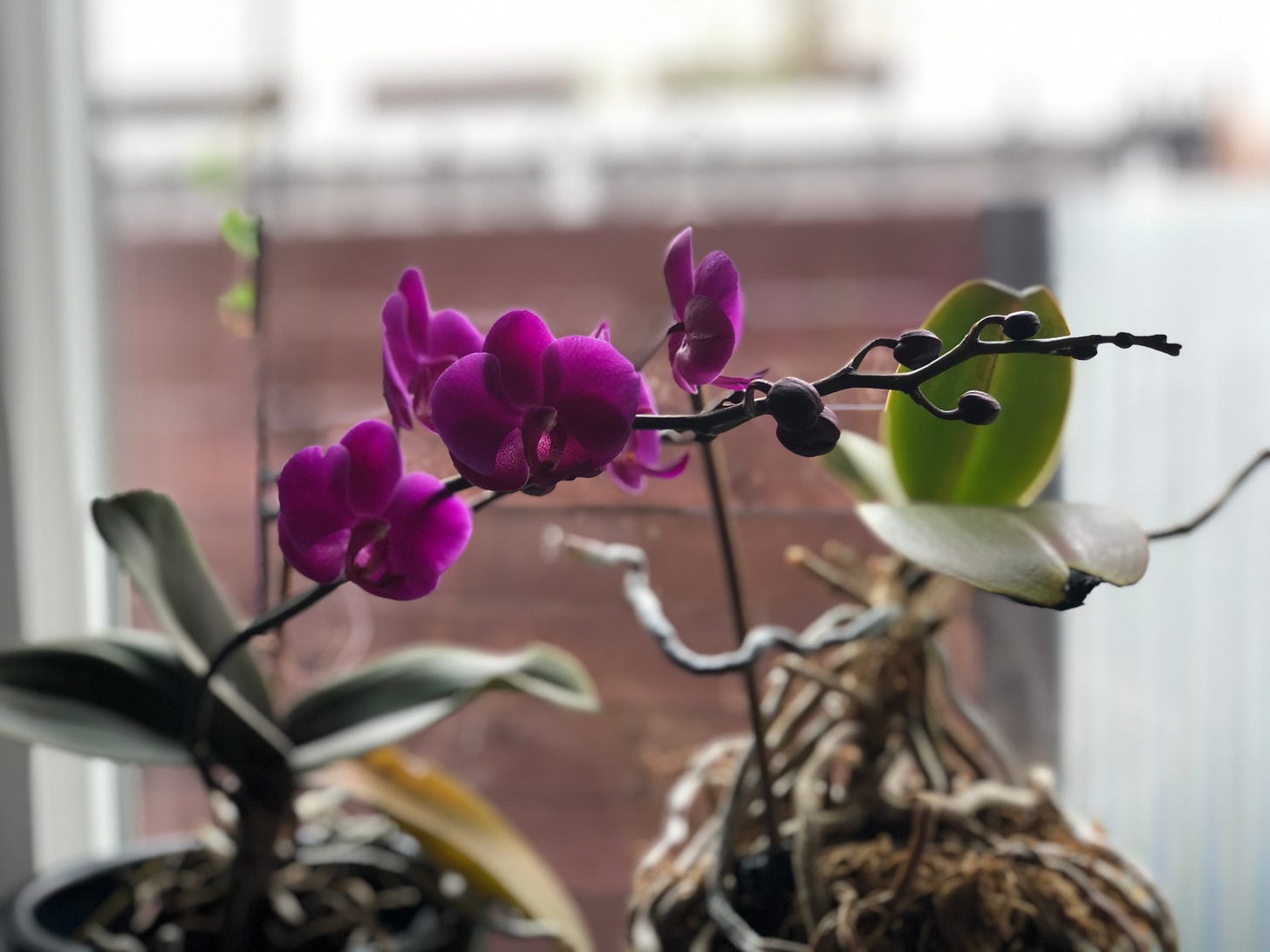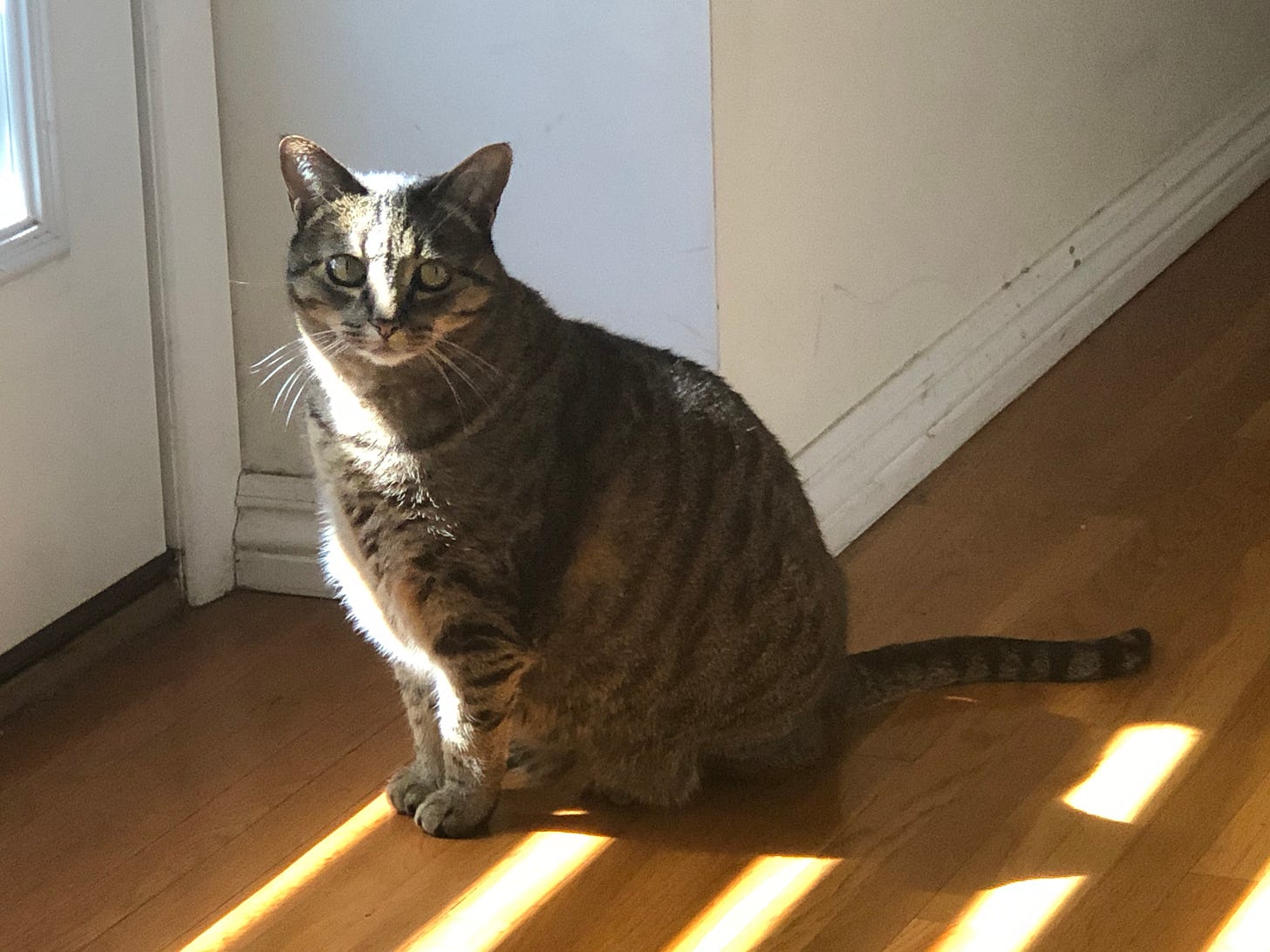I’m not quite sure when I talked about randomness, but it might have been when I wrote about the Elements and Principles of Design. Since I have found these areas to be very well covered by other writers, I’ve decided not to revisit those articles just now. But being open to randomness is so wonderful and rich. The other day I watched two artists drawing ink line portraits of each other when they couldn’t see their own hands under a draped sheet. The results were pure fun.
Embracing the random was one idea that I’ve included in a past newsletter, and I want to revisit it. Randomness doesn’t replace Design - which is an intentional process to solve a specific problem. But it can be a great creativity jump starter, and a component of your design process. I mean just think of Scrabble!
Surprise effects with projects like tie dye or paper marbling are not the only places where randomness can produce delightful results. Many people are familiar with the idea of opening a book at random to find an "answer" to a problem. It is really a way of resetting your old thought pattern - the answer actually comes from within, from making mental connections.
“To raise new questions, new possibilities, to regard old problems from a new angle, requires creative imagination and marks real advance in science.” ~ Albert Einstein
Here are some ways for you to use serendipity as creative inspiration:
Open a book or magazine at random and press your finger to a page. Use the first words you find as a writing prompt, or to inspire an illustration.
Ask someone to think of a number and then turn to that page in a book. Imagine creating a painting or sculpture of the events on that page.
Set up a situation where unconnected objects are brought together. Close your eyes and reach into your bead container, or button jar, and pull out three or four items. Use the colors or shapes (or repetition) to inspire a sketch or stacked mini sculpture.
Try spinning a color wheel and using only the color on which you land for a drawing, collage or mood board.
Paint some pages and tear them into strips. Close your eyes and collect strips from different pages - arrange them into a pleasing collage.
Go for a walk in your neighborhood. Make up a nutty story about the first person you pass (in your head).
Point and shoot your camera every 10 steps. Turn the images into a digital collage, or look for repeating colors or shapes.
Go to Wikipedia and start clicking on links randomly. Look at the Wiki Commons images on a page that is several pages along from your start point. Will the picture inspire a story, poem or art work?
Embracing the random within an art piece or project
Usually the parts of the piece that are unpredictable still come within certain parameters. It’s the detail that is random. For example when we pull the letters out of the bag for that game of Scrabble, we expect wooden letters, not a pickle or a peppermint. Random has it’s limits.
Tie dye, whether with crumpled fabric and bottles of dye, or using the actual tied resist method creates beautiful random effects within an overall scheme or set of shapes.
Throwing balloons filled with paint creates amazing splatter.
Making monoprints with gel foundation, or on a hard surface, can create somewhat unpredictable results.
Mistakes
Errors don’t have to be tossed away. My friend Kelly calls mistakes “learning-takes”.
What can you do differently next time? How can you embrace the unexpected result this time?
More Creativity Prompts
Wrinkle up a sheet of plastic, puddle dyes, drape a white cloth to soak, and sprinkle kosher salt for speckles.
Write four kindly encouraging words on a pretty card - mail it to someone totally at random or leave them in a book or magazine at a store.
Outside roll a dice pair, walk that many steps. Find something tiny to draw, macro photo or maybe take a rubbing.
Watch sunsets - each is different. Look at stars reflected in a dish of water.



